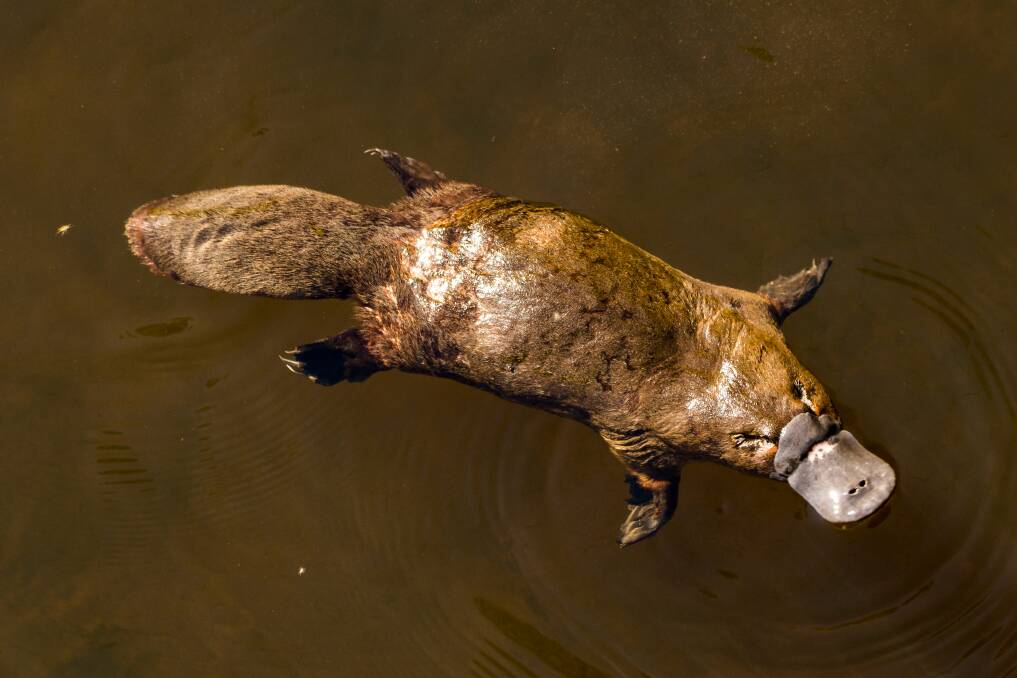
The platypus has a reputation for being shy and difficult to spot.
Subscribe now for unlimited access.
$0/
(min cost $0)
or signup to continue reading
However, as the director of the Australian Platypus Conservancy, I am quick to debunk this myth.
I am also keen to get more people involved in an innovative program which uses "next generation" citizen science to keep track of local platypus numbers.
It's actually fairly easy to observe this unique mammal in the wild.
The ripple patterns that the animals make in the water as they dive and re-surface every 50 seconds or so usually give away their presence fairly quickly.
As long as the observer remains fairly still and quiet, this fascinating monotreme can be watched for long periods.
Research conducted by the APC has demonstrated that standardised visual monitoring can provide insight into how platypus populations vary through time.
As a result, the Australian Platypus Monitoring Network has been established.
A dedicated website (www.platypusnetwork.org.au) explains the techniques, provides training and allows for the immediate uploading of sightings records in the field.
The basic method is simple: volunteers visit their chosen monitoring sites at frequent intervals to record the number of platypus that are observed.
Crucially, they keep track of both when animals are seen and when not.
This allows the frequency of sightings - the average number seen per site visit - to be calculated as an index of platypus activity.
The conservation status of the platypus is now recognised as "near threatened" by the International Union for the Conservation of Nature, reflecting the fact that there are worrying signs of decline in parts of its range.
Monitoring platypus numbers is a key part of future conservation planning.
Getting involved in the Australian Platypus Monitoring Network will be a great way of helping the species.
It doesn't take a huge time commitment - you don't have to watch for platypus every day - once or twice a week is fine on average, though you can look more often if you wish.
Similarly, a standard observation session really requires no more than five minutes per site.
Many Australian Platypus Monitoring Network participants fit their platypus scanning sessions into other day to day activities such as walking for exercise, biking to and from work, or checking a stock pump.
For those who cannot monitor on a regular basis, a report of any "one-off" sighting is still of tremendous value.

